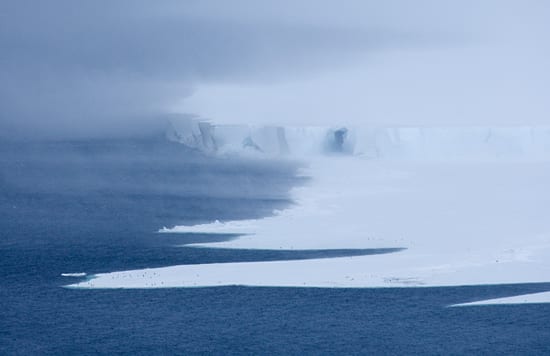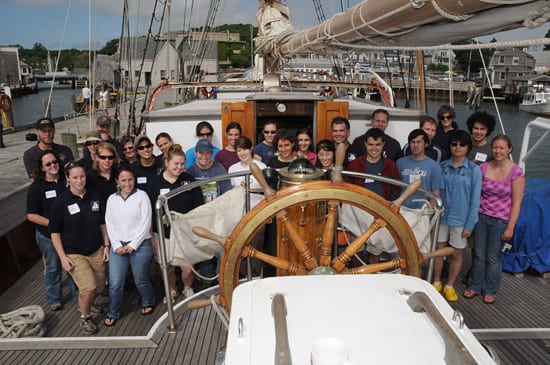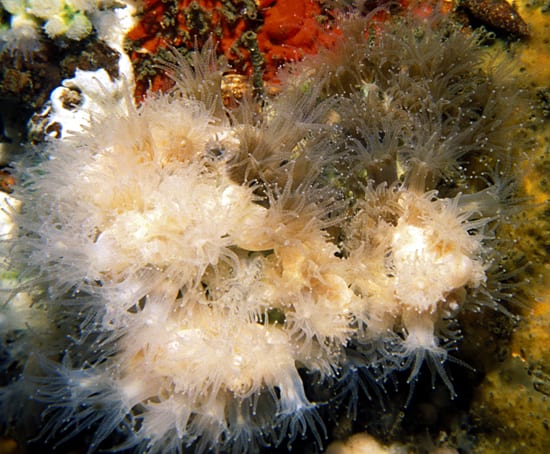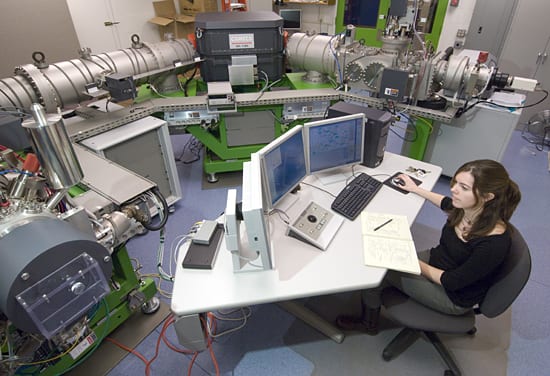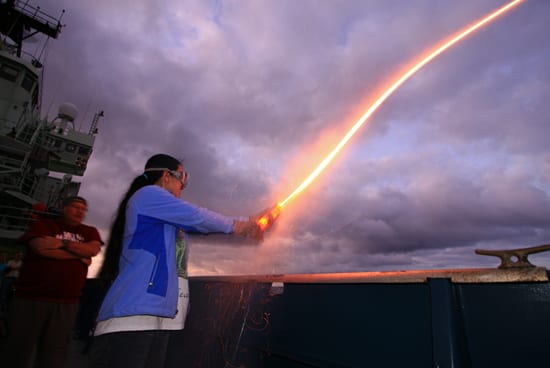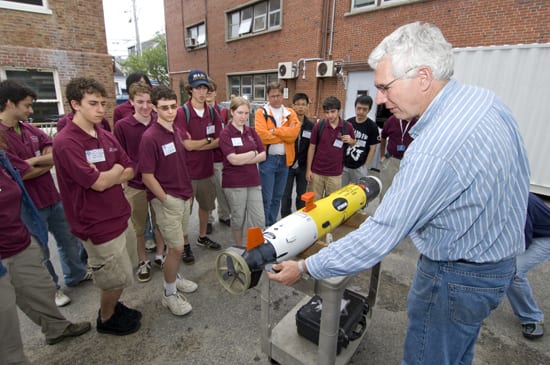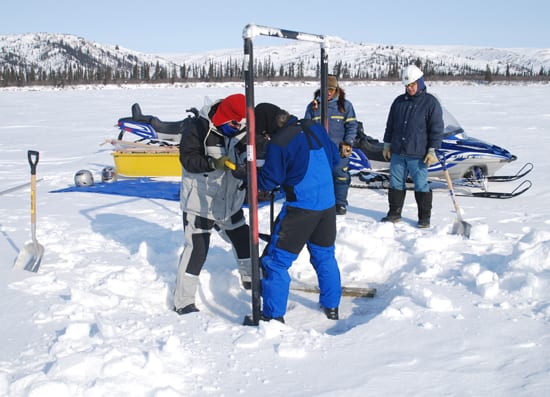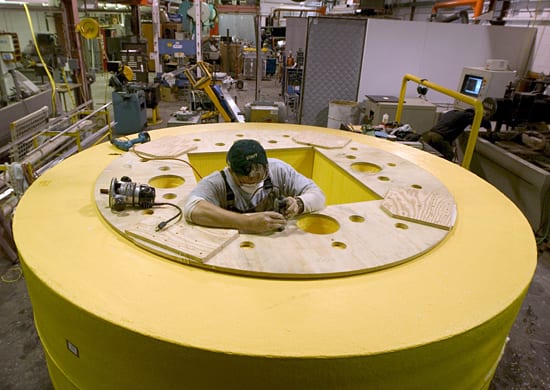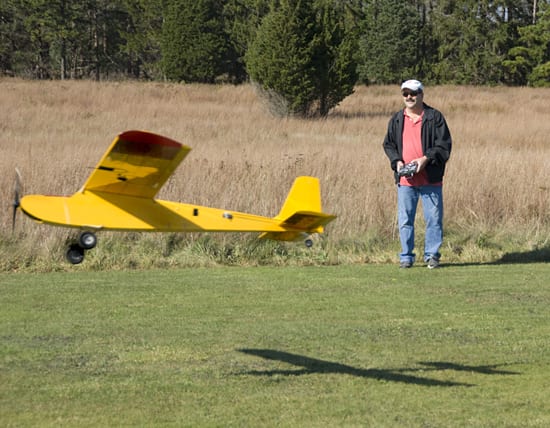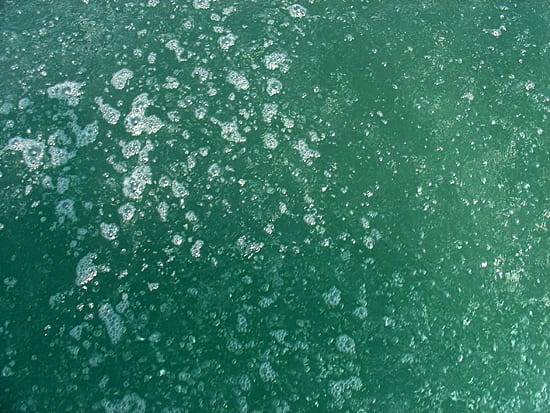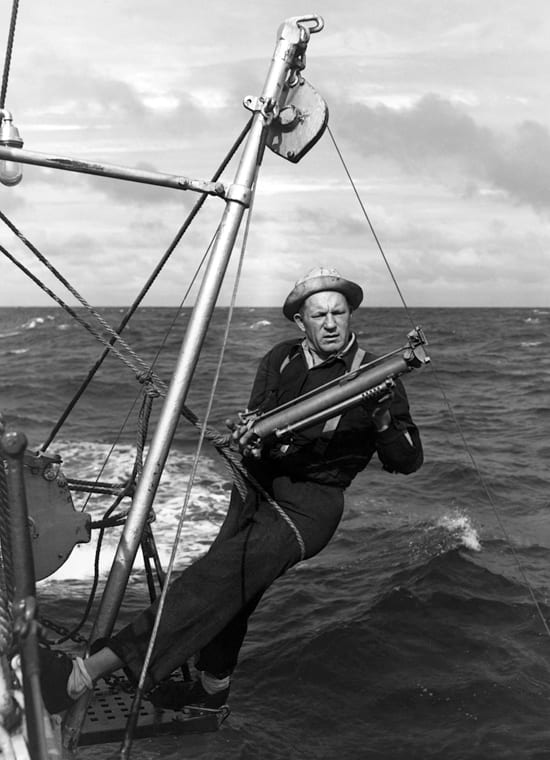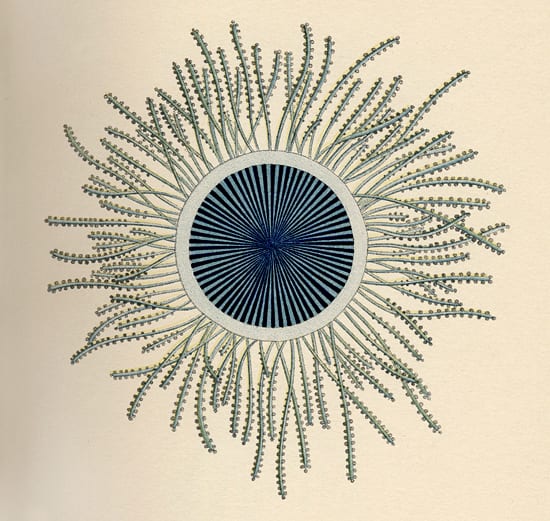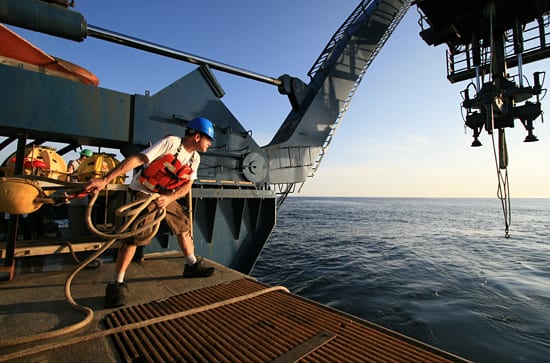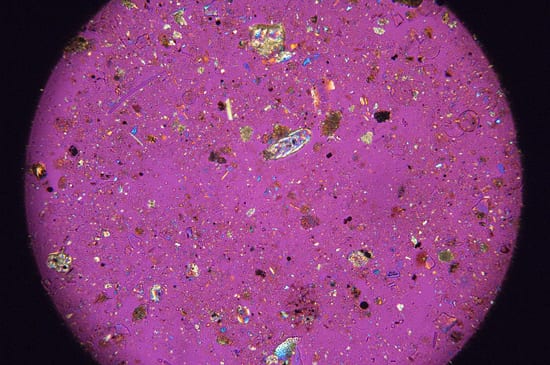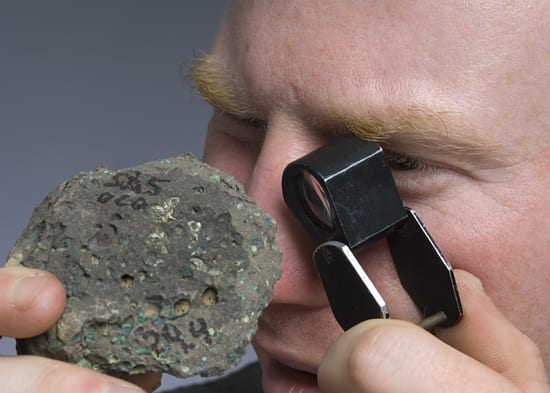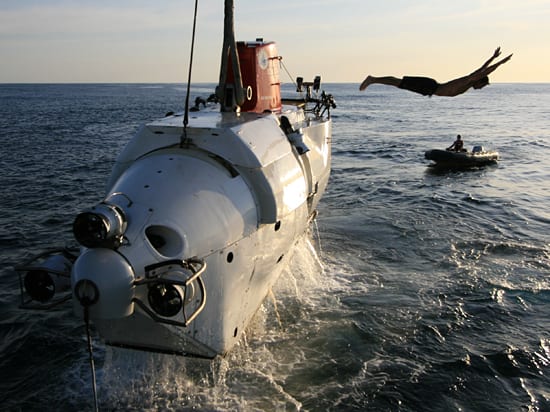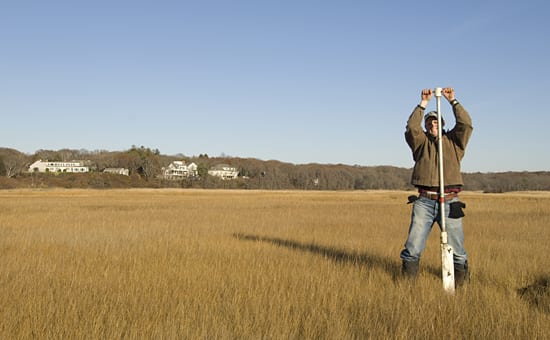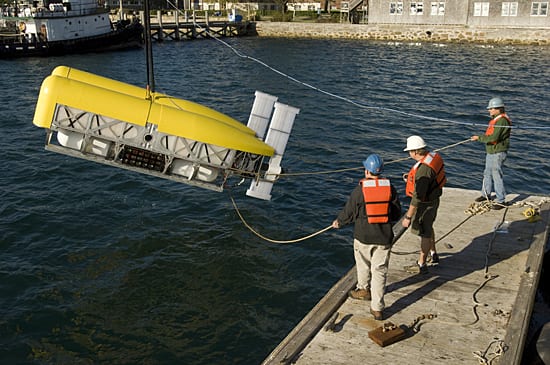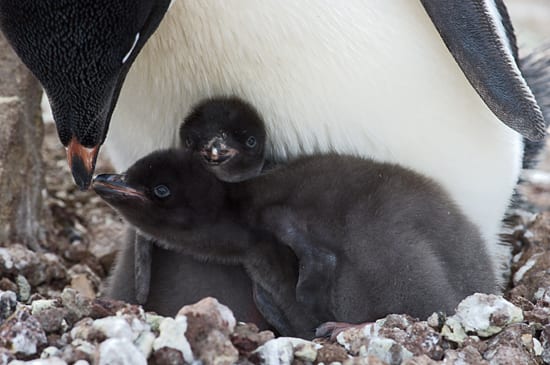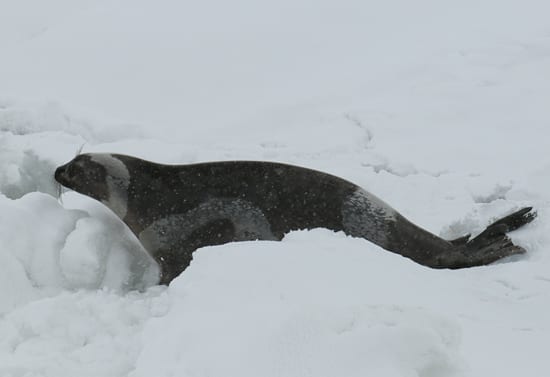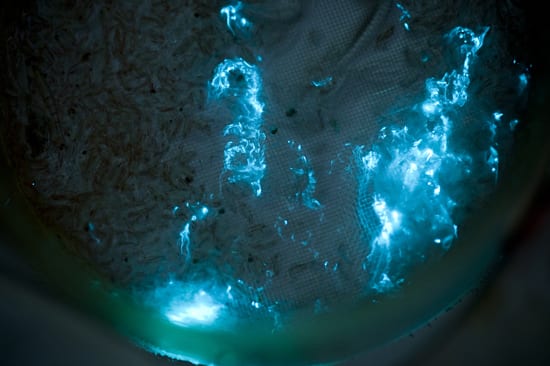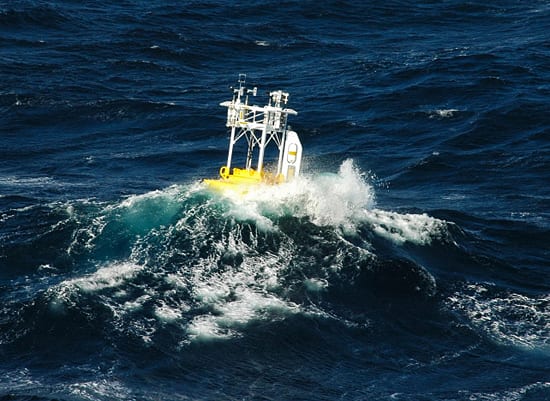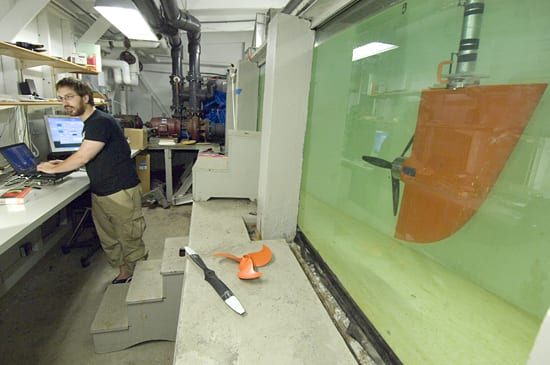Multimedia Items
The frozen continent
In Antarctica, fierce winds blow plumes of snow out to sea and erase most of the 400 mile long Ross Ice Shelf from view. As global climate warms, polar researchers…
Read MoreBonding at sea
New graduate students in the MIT/WHOI Joint Program gather alongside ship’s crew on the deck of the Corwith Cramer for the annual Sea Education Association (SEA) Jake Peirson Summer Cruise. They…
Read MoreCoral clues to climate change
The Northern Star Coral, or Astrangia poculata, seen here with polyps extended, is a unique cold water coral that occurs in Woods Hole, MA, with (brown) and without (white) symbiotic…
Read MoreRock (and fossils) of Ages
Assistant scientist Alison Shaw at work using the ion microprobe, part of the Northeast National Ion Microprobe Facility (NENIMF) at WHOI. The facility is one of the National Ion Microprobe…
Read More‘Jedi’ at sea
R/V Atlantis third mate Rick Bean oversees the firing of expired flares by researcher Wenlu Zhu, of the Geology & Geophysics department, during Atlantis’ 2009 New Years Eve commemorations. The…
Read MoreRobot show and tell
Ben Allen (right), of the Applied Ocean Physics & Engineering department, shows a group of students one of the REMUS (Remote Environmental Monitoring Units) vehicles, which are designed for coastal…
Read MoreDigging down to look back
In April 2007, WHOI chemist Tim Eglinton (red cap) and research associate Daniel Montluçon worked to extract a sediment core from the bottom of a frozen lake in the Mackenzie…
Read MoreNo waves, just ripples
Clouds ripple in the skies above the research vessel Atlantis during its spring 2009 cruise to the Galapagos islands. (Photo by Lance Wills, Woods Hole Oceanographic Institution)
Read MoreBuoy preparations
Mike McCarthy prepares a three-meter surface buoy — used in climate and oceanographic studies — for sea. Meteorological instruments will be secured on a tower on the top of the…
Read MoreFrom toy to research tool
WHOI engineer John Bailey spent the last year building, modifying, and testing a model plane dedicated to science research. Sometime this fall, Bailey and fellow engineer Hanumant Singh will launch…
Read MoreFollowing an oily trail
Oil and methane bubble to the ocean’s surface from seeps off Coal Oil Point, near Santa Barbara, California. The oil seeps provide a natural “laboratory” for WHOI chemist Chris Reddy…
Read MoreWater catcher
The five-thousandth Atlantis hydrographic station was recorded in 1960. This photo shows Arnold Clarke making one of those stations. In March 1962, Oceanus magazine gave this description: “A hydrographic station…
Read MoreFragile denizen of the deep
Because their bodies have no hard parts, gelatinous animals, commonly called “jellies,” have always been fascinating and elusive to naturalists. They were already a favorite subject for Henry Bigelow (WHOI’s…
Read MoreCatch this!
The final stages of recovering the deep-diving submersible Alvin to its support ship, the R/V Atlantis, involves attaching a tow line to the sub. Alvin technician Anton Zafereo tosses the…
Read MoreA work of art
Like each speck of paint in a piece of art, minerals, animal skeletons, and remnants of sea sponges provide a colorful mix when seafloor sediment samples from the the Sealoor…
Read MoreIf rocks could talk
Geologist Adam Soule examines a rock sample from the Lonar Crater in India, one of roughly 150 meteorite impact sites on Earth, but one of the only impacts in basalt.…
Read MoreSwimming to support science
After securing the lifting lines used to recover the human occupied vehicle (HOV) Alvin back to its support vessel Atlantis, deckhand Ronnie Whims dives back into the ocean. Alvin has…
Read MoreHurricane hunter
Jon Woodruff, a graduate of the WHOI/MIT Joint Program, looks for bits of grit and shell in sediment samples that he cores from lagoons and marshes (including this marsh, on…
Read MoreDive into science
Matt Heintz (left), Robert McCabe (middle), and Andy Bowen (right) deploy the new deep-sea vehicle Nereus off the WHOI dock during testing in April 2009. Nereus successfully reached the deepest…
Read MoreBack to business
After being measured and tagged by researchers during a 2007 expedition in Antarctica, an adult Adélie penguin snuggles back down over its chicks to warm and feed them. The expedition…
Read MoreRibbons and beaus (and pups)
Seeing ribbon seals up close was a special treat for researchers aboard the U.S. Coast Guard icebreaker Healy during a April 2009 cruise in the Bering Sea. Ribbon seals are…
Read MoreFirefly of the sea
Copepods are teeny crustaceans that play a big role in the food chain; they float around eating algae and in turn get eaten by bigger animals. This type of copepod,…
Read MoreFrom seafloor to surface
A surface buoy bobs in the rough water of the Northwest Atlantic near the Gulf Stream. The buoy, one of many deployed in late 2005 as part of the CLIMODE…
Read MoreDesigning for the deep
The Deep Submergence Laboratory’s mission is to further human understanding of the deep-sea floor by developing systems for remote, unmanned exploration. Here MIT/WHOI Joint Program Student Jordan Stanway tests propellers…
Read More
